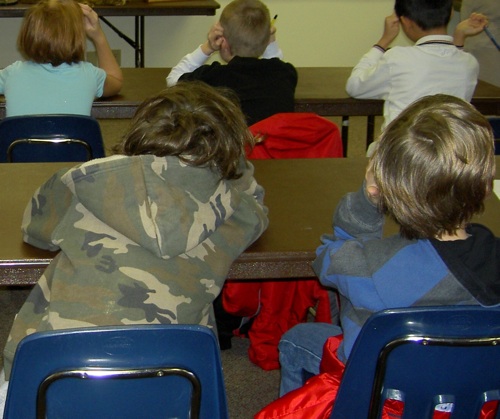by Mary Starrs Armstrong, University of Alaska, Anchorage, AK
This Month of Mondays has challenged my thinking about a number of topics. Here are just a few:
Engaging Students
Nuser1 brought up an idea that may lead to unintended self-censorship: choosing not to teach biography (e.g.) because s/he had a depth of knowledge and background in history (e.g.) that surpassed her students’. S/he therefore avoids some of the blank stares, eyes in the lap, and other student behaviors that signify lack of knowledge, interest, or engagement.
I wonder if that’s akin to the brilliant physics professor avoiding teaching 100 level courses.
The gap between understanding what one might need to know about certain persons who contributed to the history of mankind and what students bring to the experience looms large, making the writer limit teaching something for which s/he has background, knowledge, and presumably some passion.
So, do we water down our content or sublimate our passion?
Engaging as Readers
Does reading primarily from an efferent stance necessarily make the task process more difficult? Less appealing? Too structured? Boring?
Years ago I posited that we should read nonfiction from a more aesthetic than efferent stance as nonfiction has qualities that engage and affect readers as deeply as fictional literature has been proven to do.
Many nonfiction readers love to collect facts. Period. Putting those facts together into coherent, meaning-making schema building order to develop understandings of global concepts and personal culture seems like a natural progression.
In what ways does story open up worlds differently than nonfiction? How do kids learn about culture through fiction if they don’t read with a stance that is more efferent than aesthetic?
In what ways have WOW readers connected with nonfiction differently than fiction?
Do the subtleties of fiction invite access and engagement in a way that nonfiction cannot or does not?
Are we asking WOW fiction readers to move their stance more toward the efferent?
Maybe Nuser1 is right: just getting those tidbits of information stored into young minds may make a difference later.
The blank stares still haunt me; it’s frustratingly minimalist but s/he’s probably right.
Thoughts?
Please visit wowlit.org to browse or search our growing database of books, to read one of our two on-line journals, or to learn more about our mission.
- Themes: Mary Starrs Armstrong
- Descriptors: Student Connections, WOW Currents

